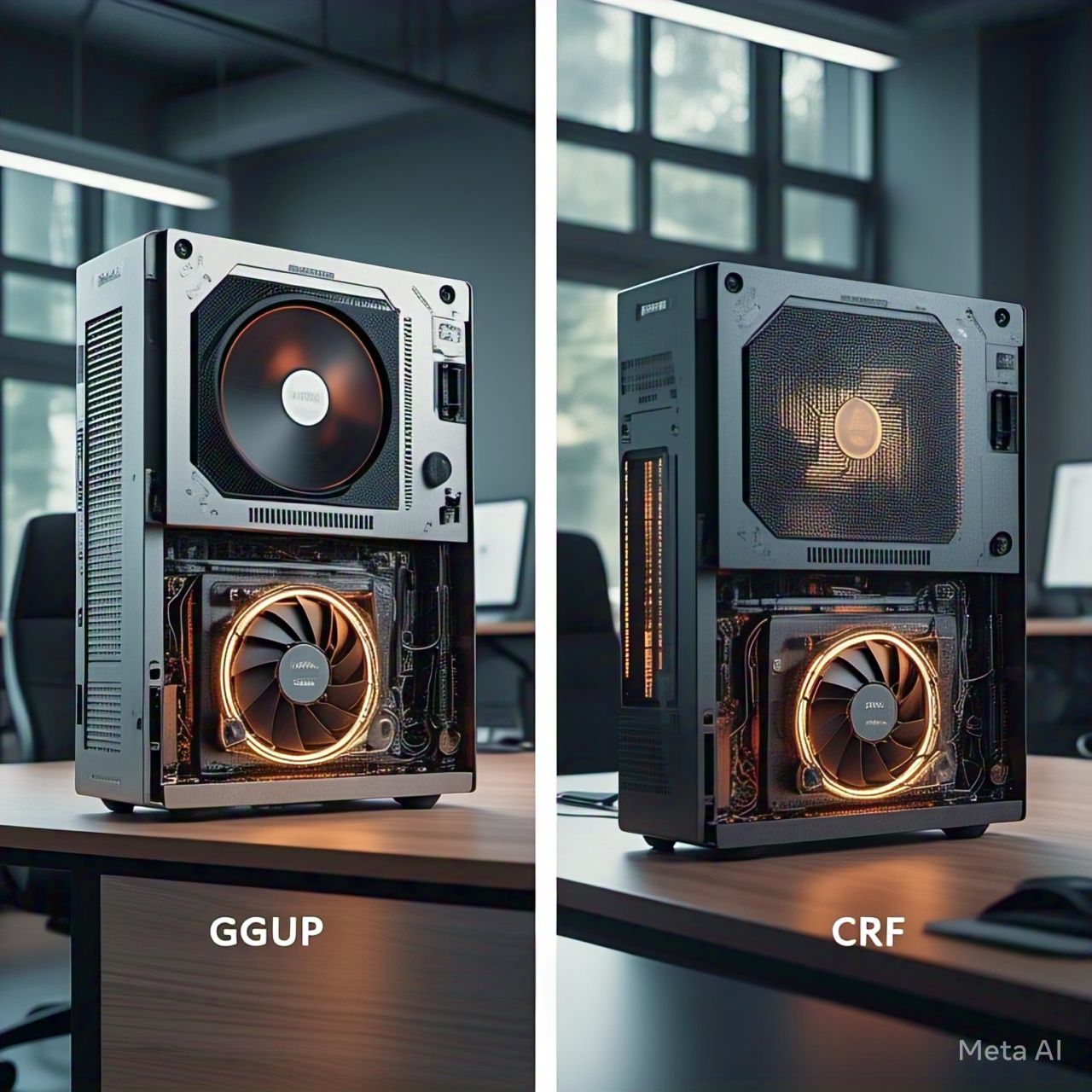Introduction
Artificial intelligence (AI) is at the core of modern technology, powering everything from voice assistants to advanced machine learning models. But where should AI processing take place? Should intelligence reside on AI-powered mobile chips within our devices, or should it be handled in the cloud? This debate is shaping the future of AI-driven experiences, with both approaches offering unique advantages and challenges.
As mobile AI chips become more advanced, they provide real-time intelligence on smartphones, reducing latency and enhancing privacy. On the other hand, cloud AI offers immense processing power and scalability for more complex computations. So, where does intelligence truly belong? Let’s explore the key differences, benefits, and trade-offs between AI mobile chips and cloud AI.
Understanding AI Mobile Chips and Cloud AI
AI Mobile Chips: Intelligence on the Edge
AI mobile chips, often equipped with dedicated Neural Processing Units (NPUs), enable devices to process AI tasks directly on the hardware. This approach, known as edge AI, allows for real-time decision-making without relying on an internet connection.
Advantages of AI Mobile Chips:
- Low Latency: On-device processing ensures faster AI responses, crucial for real-time applications like facial recognition and augmented reality.
- Enhanced Privacy & Security: Since data is processed locally, there’s minimal risk of exposure compared to cloud-based AI solutions.
- Energy Efficiency: Optimized AI processors consume less power compared to continuously sending data to and from the cloud.
- Offline Functionality: AI-driven features like voice recognition and object detection can work even without an internet connection.
Challenges of AI Mobile Chips:
- Limited Processing Power: Mobile chips, despite being powerful, cannot match the scalability of cloud-based AI models.
- Storage Constraints: AI models require substantial storage, which is often limited on mobile devices.
Cloud AI: The Power of Centralized Intelligence
Cloud AI leverages massive data centers and high-performance computing resources to process complex machine learning models. Many AI-driven services, including virtual assistants, large-scale image recognition, and deep learning applications, rely on cloud computing.
Advantages of Cloud AI:
- Unlimited Computing Power: The cloud offers virtually infinite resources for training and running complex AI models.
- Continuous Updates: AI models can be frequently updated and improved without requiring device-level changes.
- Access to Big Data: Cloud AI can analyze vast amounts of data, leading to more accurate and intelligent predictions.
- Cross-Device Synchronization: AI models in the cloud can be accessed across multiple devices, providing a seamless user experience.
Challenges of Cloud AI:
- Latency Issues: Cloud processing requires data transmission over the internet, which can introduce delays.
- Privacy Concerns: User data must be transmitted to remote servers, raising security and privacy risks.
- Dependency on Internet Connectivity: Cloud-based AI functions may not work properly in low or no-network environments.
AI Mobile Chips vs. Cloud AI: Key Use Cases
Where AI Mobile Chips Excel
- Facial Recognition & Biometric Authentication – Instantaneous processing enhances security features like Face ID.
- AI-Powered Photography & Video Processing – Real-time enhancements such as computational photography and image stabilization.
- Real-Time Language Translation – On-device AI can translate languages instantly, even without an internet connection.
- Health & Fitness Tracking – AI-powered mobile processors analyze biometric data for real-time health insights.
Where Cloud AI Shines
- Virtual Assistants & Conversational AI – AI models require massive datasets to improve natural language processing capabilities.
- Advanced AI Training & Research – Deep learning models for medical diagnosis, climate analysis, and autonomous vehicles require cloud-based supercomputing.
- Big Data Analytics & Recommendation Systems – AI-driven content curation, personalized marketing, and e-commerce recommendations are powered by cloud AI.
- Smart Assistants with Context Awareness – Cloud-based AI can access vast information sources to provide more contextual and personalized responses.
The Future: A Hybrid AI Approach?
The future of AI is likely to be a hybrid model that blends on-device intelligence with cloud-powered AI capabilities. Here’s what we can expect:
- Smarter AI Chips: Future mobile processors will feature more powerful NPUs, allowing for enhanced on-device AI processing.
- Seamless AI Synchronization: Hybrid AI models will allow smartphones to switch between edge AI and cloud AI depending on connectivity and processing demands.
- More Efficient AI Models: AI algorithms will be optimized to work efficiently on mobile chips while leveraging cloud resources when needed.
- Enhanced Privacy Mechanisms: Companies will implement secure AI processing methods to protect user data while still benefiting from cloud computing.
Conclusion
Both AI mobile chips and cloud AI have their own strengths and limitations. While on-device AI offers speed, privacy, and offline functionality, cloud AI provides scalability, computing power, and continuous updates. The future of AI intelligence likely lies in a hybrid approach, where smartphones intelligently switch between edge AI and cloud AI for an optimal balance of performance, efficiency, and security.
As AI technology evolves, mobile devices will become even smarter, making real-time decisions without relying solely on the cloud. Whether on-device or in the cloud, AI is shaping a future where intelligence is seamlessly integrated into our daily lives, enhancing everything from communication to automation.




